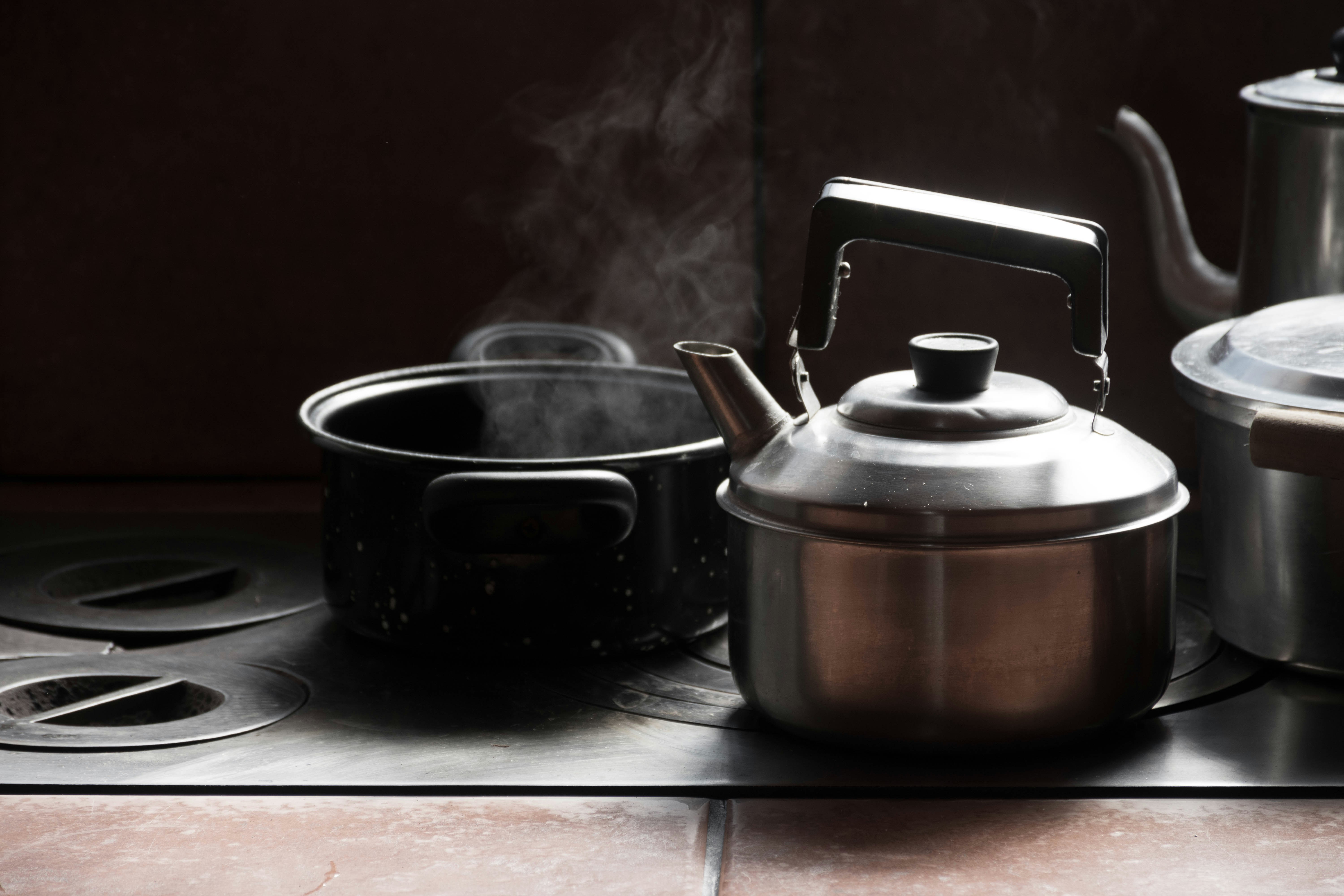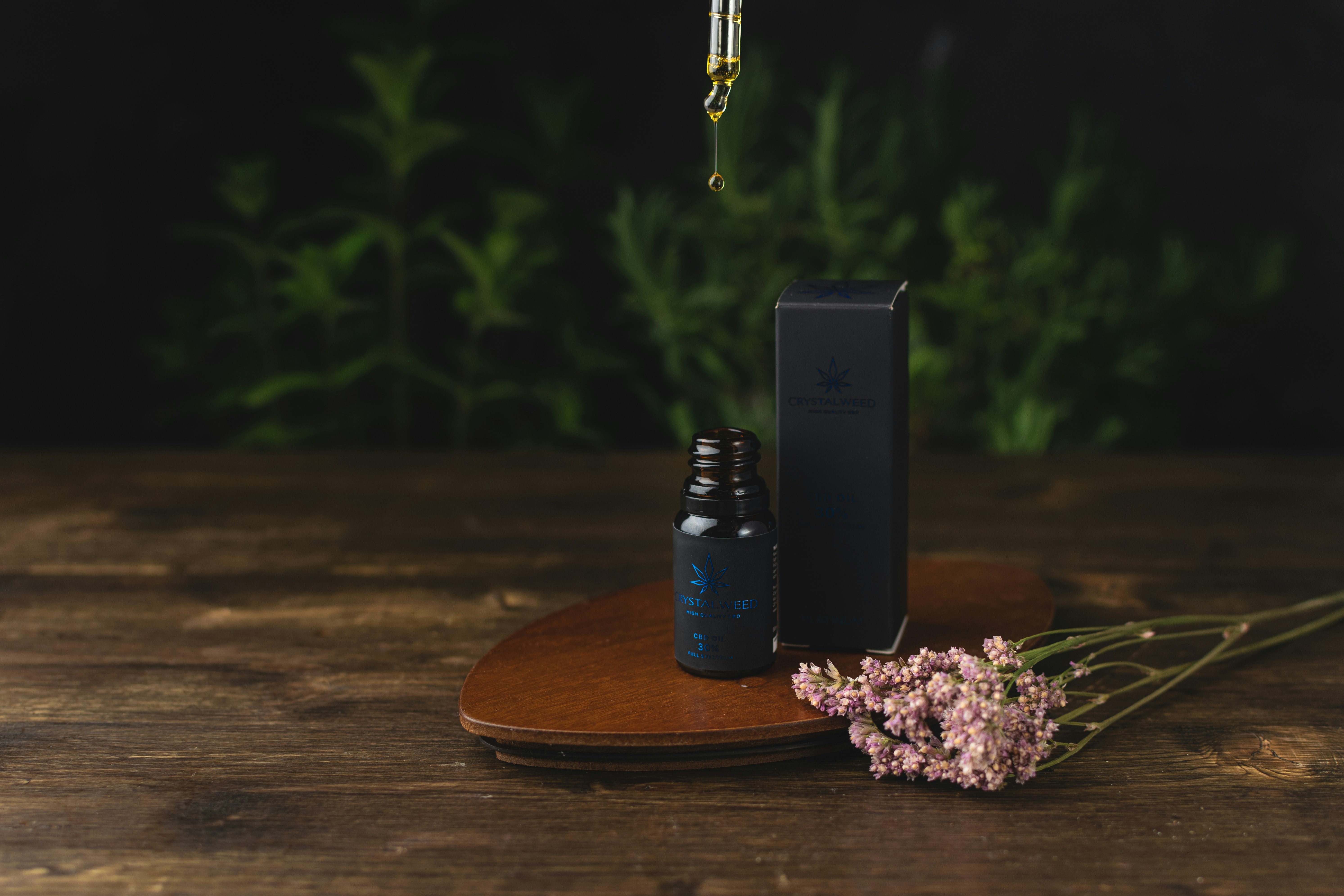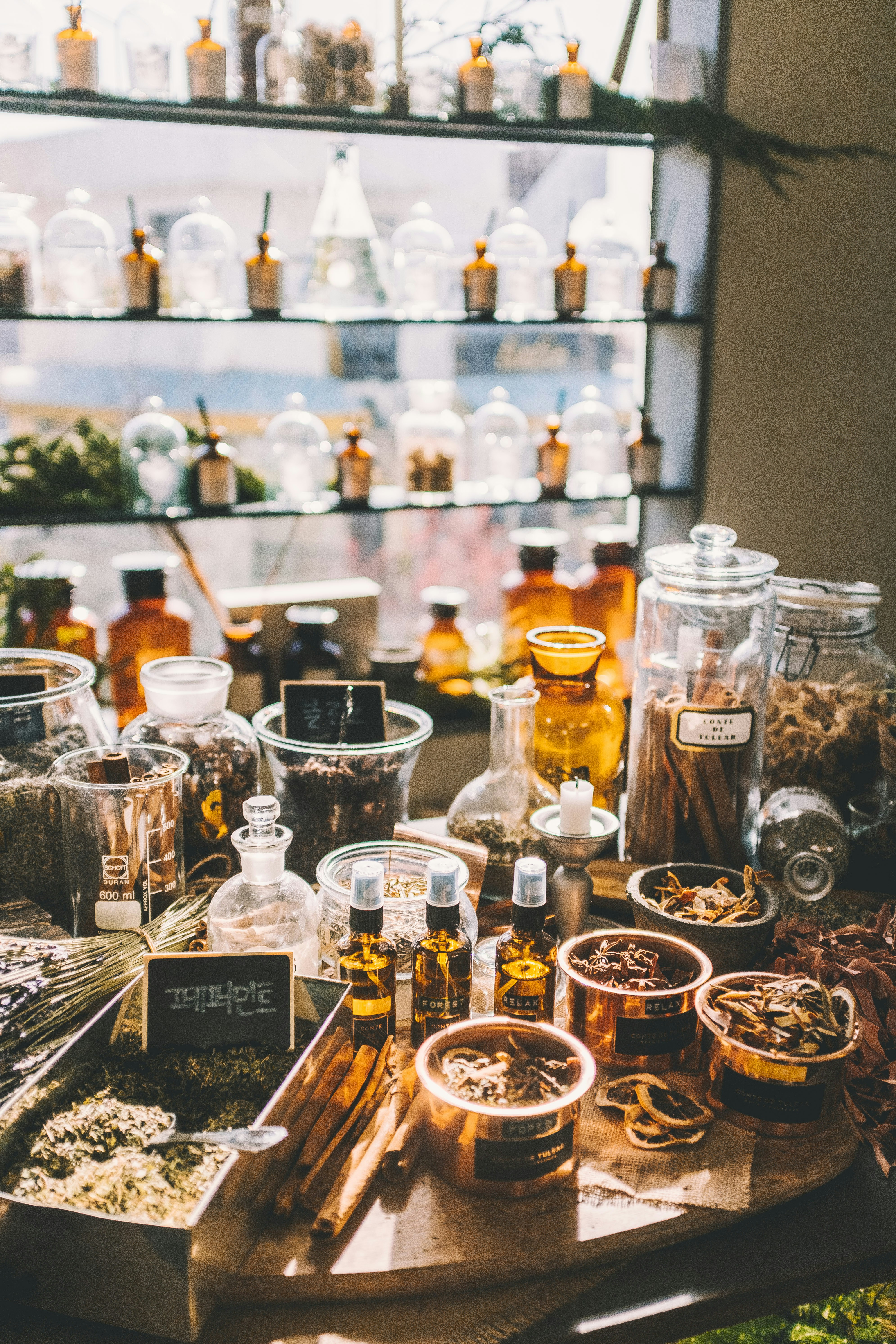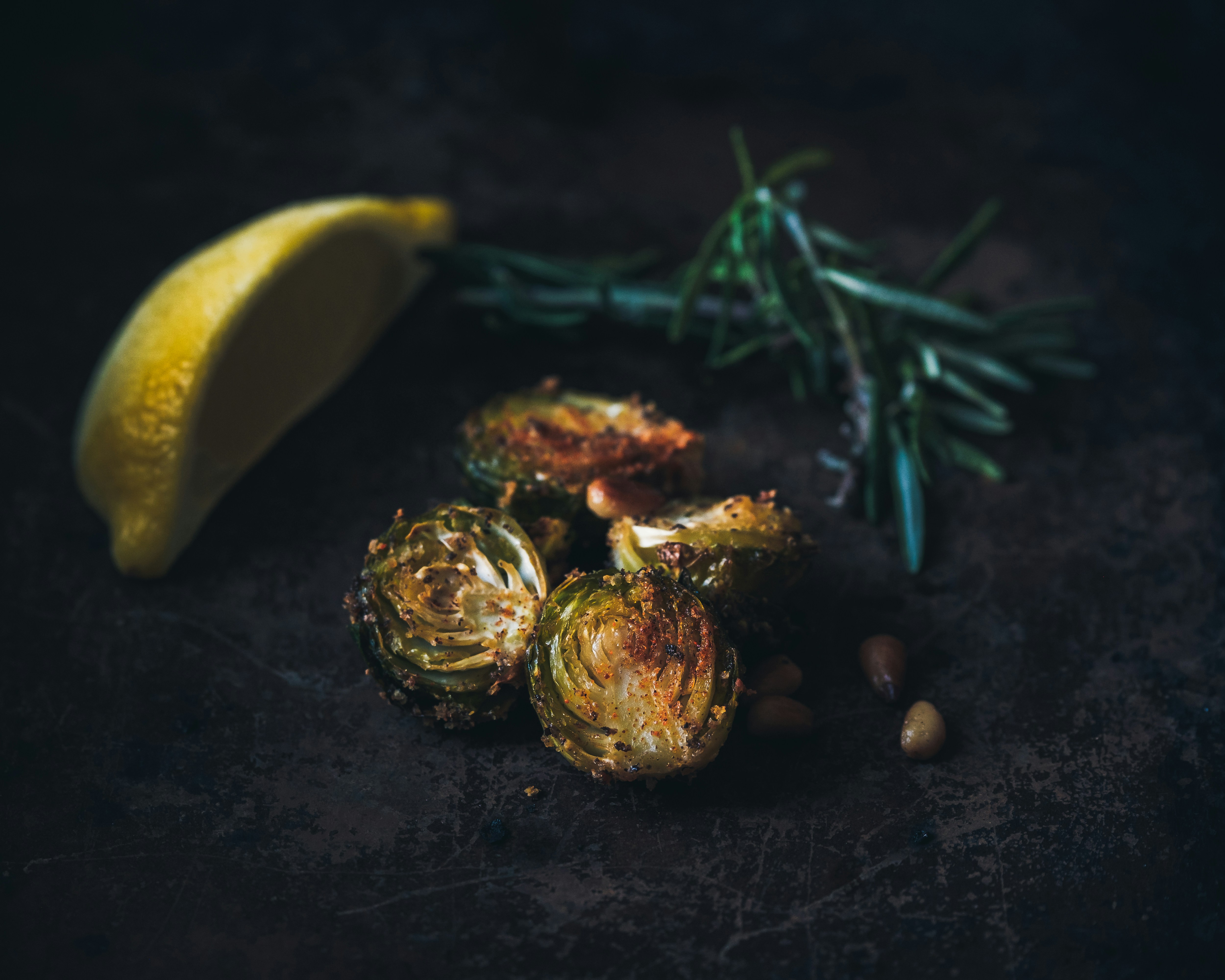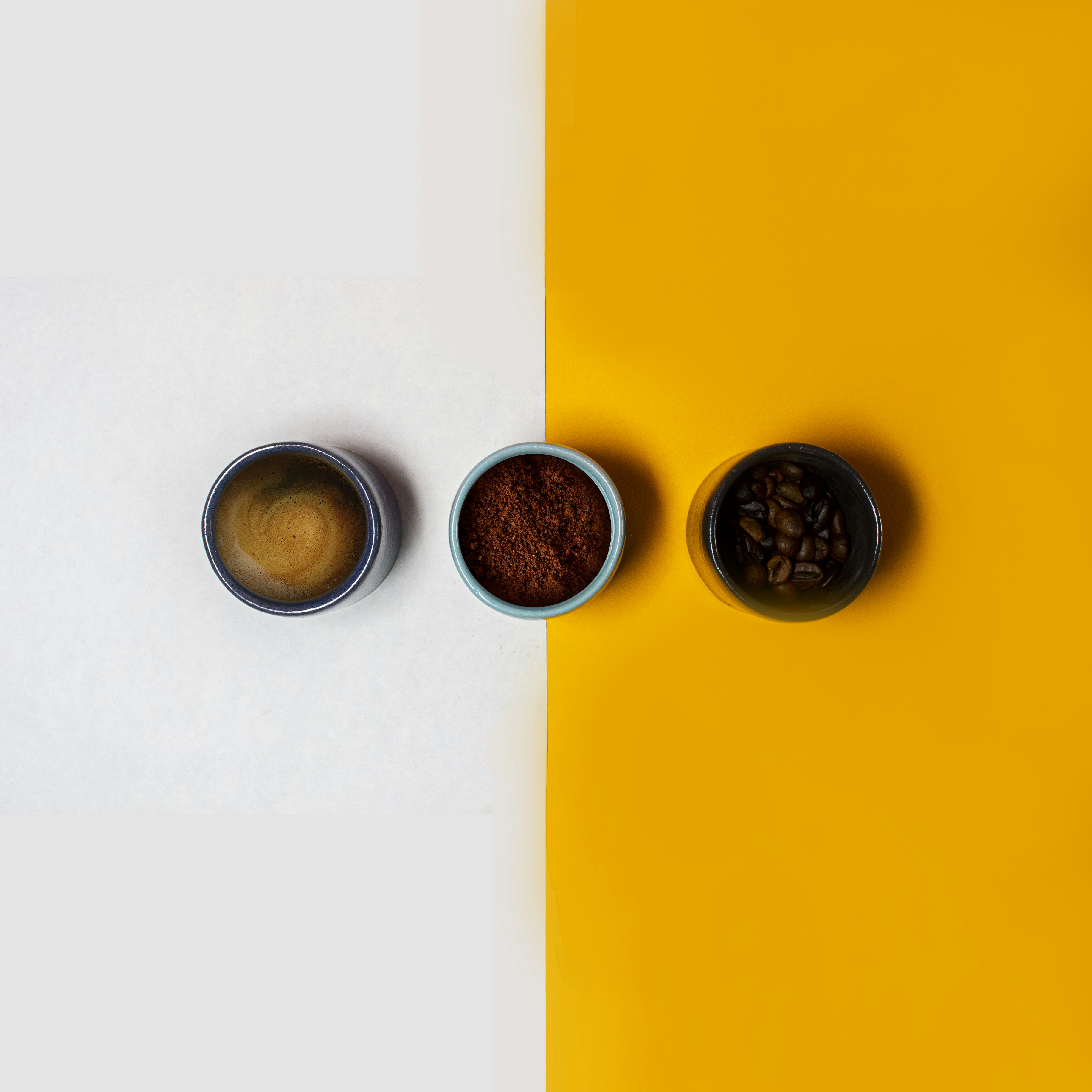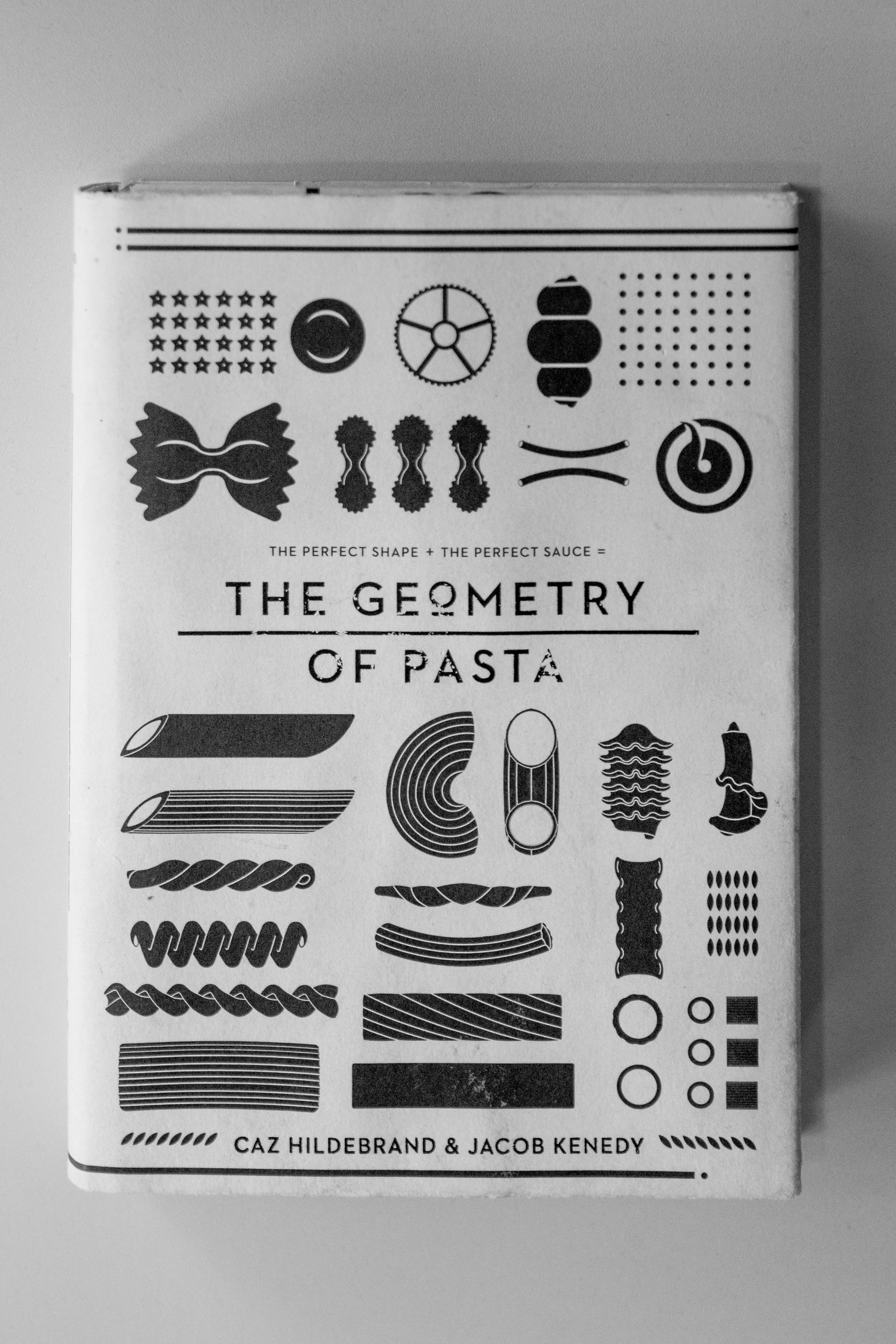Culinary Cyphers: Unlock the Language of Aromatic Messaging in Cooking
Have you ever walked into a kitchen, and the scent of freshly baked bread transported you back to your grandmother's house? Scents have an uncanny ability to connect us with memories and emotions, and in the realm of cooking, they can serve as powerful communicators. Welcome to the fascinating world of Culinary Cyphers, where we explore how to use aromatic messaging to elevate your culinary creations and create unforgettable dining experiences.
The Power of Scent in Cooking
Scents are like a secret language in the culinary world. They reach deep into our psyche, evoking emotions, memories, and even cultural associations. When you cook, you're not just combining ingredients—you're creating an entire atmosphere. Aromas can influence mood, foster connection, and transform the ordinary into the extraordinary.
Psychological studies have shown that food odors can elicit strong emotional responses. For example, the smell of cinnamon might evoke comforting childhood memories of holiday baking, while the scent of sizzling garlic and onions can trigger feelings of anticipation and hunger. Understanding how to harness this power can turn your cooking into a multisensory experience—not just for you but also for your guests.
Aromatic Communication Techniques
So how can you begin to incorporate scents as a form of communication in your cooking? Here are some techniques worth exploring:
1. Pairing Dishes with Ambient Scents
Just as wine and food should complement each other, so too should the aromas in the air. Here’s a simple method to achieve aromatic harmony:
-
Identify the Main Ingredients: Start by choosing the key flavors in your dish. If you're preparing a rich beef stew, think deep, savory scents like rosemary or thyme.
-
Choose Corresponding Scents: Complement the dish's aroma with ambient scents. For a cozy evening, consider simmering a pot of water with sliced oranges and cinnamon sticks. The citrus notes will uplift the hearty stew aroma, creating a comforting atmosphere.
2. Utilizing Essential Oils and Herbs
If you want to dive further into the world of aromas, using essential oils and fresh herbs can open a realm of possibilities.
-
Essential Oils: These concentrated forms of botanical extracts can enhance the scents in your kitchen. For example, diffusing peppermint oil while you bake chocolate chip cookies can amplify the initial burst of sweet, warm notes once finished.
-
Herb Bundles: Create herb bundles (also known as a bouquet garni) with thyme, bay leaves, and parsley. As they infuse into your dishes, the kitchen fills with their inviting scent, communicating to diners that a delicious meal is on its way.
3. Innovative Recipes: Engaging the Senses
The true test of your aromatic skills lies in crafting innovative recipes that purposefully engage the senses.
Citrus-Infused Roasted Chicken
Ingredients: - 1 whole chicken - 2 oranges, quartered - 1 lemon, quartered - Fresh rosemary and thyme - Olive oil - Salt and pepper
Instructions: 1. Preheat your oven to 375°F (190°C). 2. Rub the chicken with olive oil, salt, and pepper, making sure to get under the skin for maximum flavor. 3. Stuff the cavity with the quartered fruit and a handful of herbs. 4. Roast the chicken until golden and cooked through, about 1.5 hours.
As the chicken roasts, the aromas of citrus and herbs will waft through your kitchen, creating a welcoming environment for guests. Just imagine the moment they enter and are greeted by mouthwatering scents!
Exploring the Psychological and Emotional Connections to Food
Let’s dig deeper into the psychological side of culinary aromas. Research suggests that our sense of smell is directly tied to our memory and emotion centers in the brain. This phenomenon can profoundly impact how we experience meals.
The Science Behind Flavor and Scent
When you eat, your sense of taste combines with your sense of smell, creating a flavor profile that tells a story. This is where the idea of "flavor memory" comes into play. Familiar aromas can elicit nostalgia or comfort, while exotic scents might evoke curiosity or adventure.
In fact, restaurants often play with scents to enhance the dining experience. For instance, the smell of baked bread can stimulate appetite and prompt diners to order more, proving that scent can be a strategic tool in the culinary industry.
Creating Scent-Driven Experiences
To further capitalize on this connection, consider curating a scent-driven experience for occasions like dinner parties or family gatherings.
-
Theme Your Evening: Decide on a theme for your meal—perhaps “A Mediterranean Evening” featuring dishes like lamb tagine and spanakopita, accompanied by the aromas of olive oil, lemon, and fresh herbs floating in the air.
-
Set the Atmosphere: Use fragrant candles or essential oil diffusers to enhance the theme. Infuse the evening with aromas that complement the food, allowing guests to journey through all their senses.
Unique Aromatic Recipes to Try
1. Lavender Honey Glazed Carrots
Ingredients: - 1 lb baby carrots - 2 tbsp honey - 1 tsp dried lavender - Salt and pepper to taste
Instructions: 1. Preheat oven to 400°F (200°C). 2. Toss carrots with honey, lavender, salt, and pepper on a baking sheet. 3. Roast for 20 minutes until tender.
As these carrots roast, their sweet aroma will mix beautifully with the delicate scent of lavender, offering a serene addition to any meal.
2. Chocolate Orange Tart
Ingredients: - 1 pre-made tart shell - 1 cup heavy cream - 8 ounces dark chocolate, chopped - Zest of 1 orange - Pinch of salt
Instructions: 1. Heat the cream and bring it to a simmer. 2. Pour it over the chocolate and let it sit for 2 minutes. 3. Stir until smooth, then mix in the orange zest and salt. 4. Pour into the tart shell and chill for at least 2 hours.
Aromatic Experience: The scent of dark chocolate paired with fresh orange zest creates a luxurious, inviting aroma that changes the perception of dessert, making it feel even more indulgent.
Final Thoughts: Crafting Memorable Experiences Through Aroma
Incorporating the art of aromatic messaging in your cooking will not only elevate your meals but also create unforgettable memories for you and your guests. The power of scent is vast, connecting us to our past while creating an engaging atmosphere for the present.
As you explore the culinary world through this lens, think about how aromas can tell stories, evoke feelings, and even influence a person's dining experience. Embrace the knowledge shared here and start painting your plates with the vibrant hues of aroma, flavor, and emotion.
To deepen your culinary journey, check out this insightful article that dives further into how scents can shape your cooking approach, and don't forget to explore the benefits of pairing aromas in the kitchen by reading this comprehensive guide.
